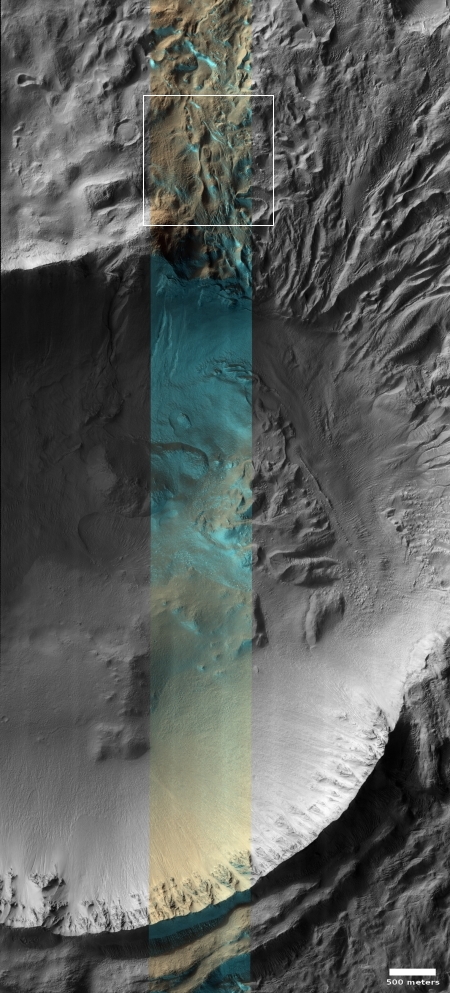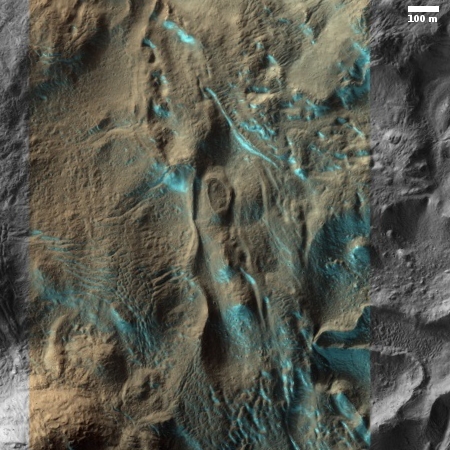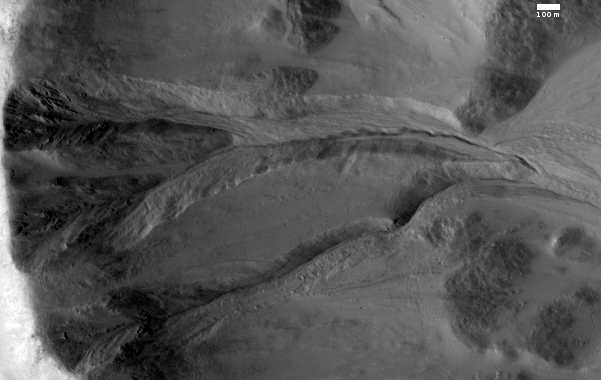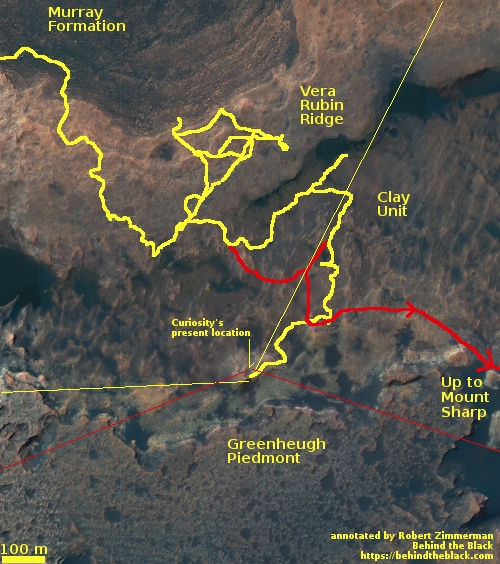Boeing releases video of Starliner’s first orbital demo flight
Capitalism in space: Boeing has released a video showing what it was like to be on its Starliner capsule during its first orbital demo flight on December 20, 2019.
Flying alongside the uncrewed Starliner’s only official passenger — a spacesuit-clad, instrumented dummy (or anthropometric test device) named “Rosie” (after the World War II icon Rosie the Riveter), Snoopy, in plush doll form, served as the vehicle’s “zero-g indicator.” The video shows the doll floating weightless at the end of its “leash” after the Starliner entered Earth orbit.
The video is embedded below the fold. It is relatively boring, which actually is a good thing. The interior of the capsule does not seem much disturbed during each phase of the flight, from launch, separation from launch vehicle, and touchdown.
» Read more
Capitalism in space: Boeing has released a video showing what it was like to be on its Starliner capsule during its first orbital demo flight on December 20, 2019.
Flying alongside the uncrewed Starliner’s only official passenger — a spacesuit-clad, instrumented dummy (or anthropometric test device) named “Rosie” (after the World War II icon Rosie the Riveter), Snoopy, in plush doll form, served as the vehicle’s “zero-g indicator.” The video shows the doll floating weightless at the end of its “leash” after the Starliner entered Earth orbit.
The video is embedded below the fold. It is relatively boring, which actually is a good thing. The interior of the capsule does not seem much disturbed during each phase of the flight, from launch, separation from launch vehicle, and touchdown.
» Read more





